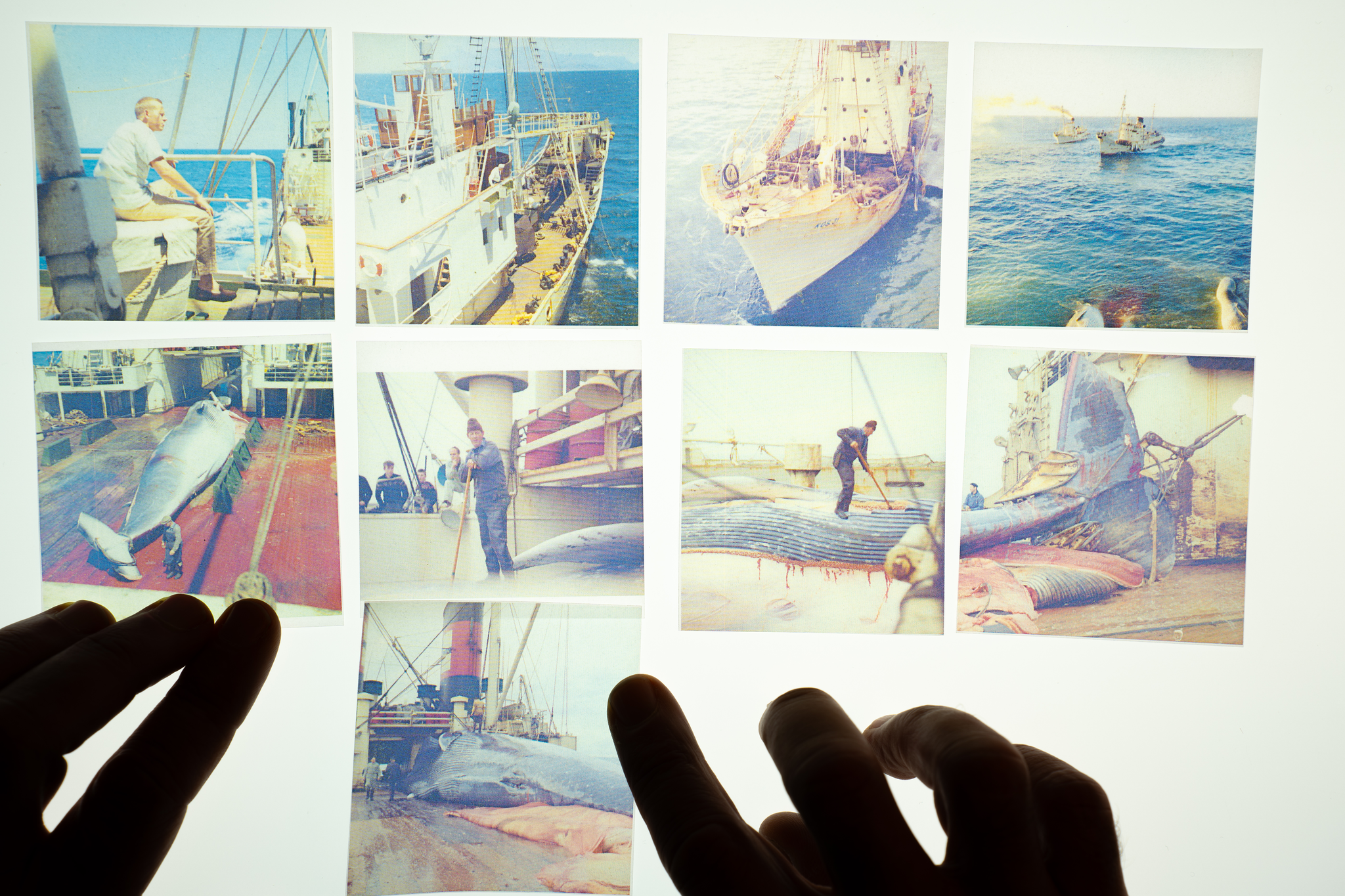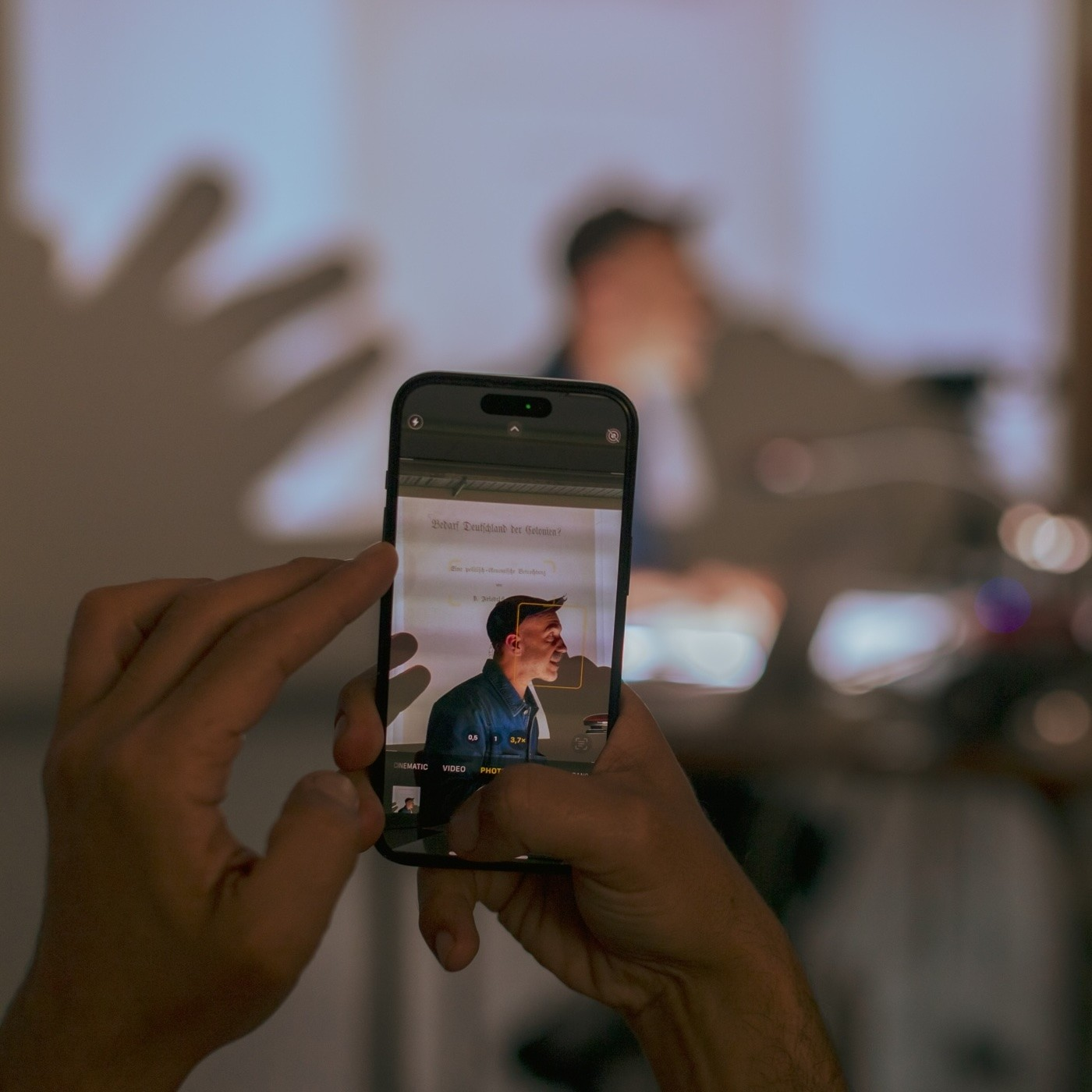This project examines the complex entanglement of Norway and Namibia.
In 1980, in Elverum, Norway, Namibiaforeningen was established. This community led, solidarity project was founded to build material support for and distribute information about Namibia’s fight for independence from South Africa’s apartheid rule. In their solidarity work, Namibiaforeningen collaborated closely with the Namibian independence movement: the South West Africa People’s organisation (SWAPO). SWAPO was led by Sam Nujoma, who went on to become the first President of independent Namibia in 1990.
As a child, Nujoma was employed by a Norwegian Whaling company, who had a fleet and a station based at Walvis Bay in Namibia. Nujoma was recommended to the job at the whaling station by the wife of a Norwegian manager, for whom Nujoma worked as a domestic servant.
The Norwegian whaling station in Walvis Bay was operated by Anders Jahre, a shipping and whaling magnate, a prolific patron and guilty of Norway’s largest ever case of tax fraud.
Norwegian whaling in the South Atlantic was vast and a proto oil industry.
In 1842, Norway’s first missionary to Africa, Hans Christian Knudsen, arrived in Namibia as a Rhenish Missionary, representing German protestantism. The Rhenish Missionaries were colonial agents paving the way for later German colonial expansion and eventually leading to the German genocide of the Herero and the Nama people of Namibia.
The missionary activity in Namibia, and the German colonisation led to Namibia’s inclusion in the Lutheran World Federation. The secretary of the Lutheran World Federation was parish priest in Elverum from 1979, and introduced to Elverum Namibia’s fight for independence.
The story of this complex entanglement of Norway and Namibia exemplifies grass-roots activism, solidarity, industry, exploitation, colonialism and ideology.
RESEARCH QUESTION
How can re-telling the complex story of Norway and Namibia contribute to and challenge each nation’s stories of itself? How can a complex, archival and historical project be represented in narrative and how can a variety of narrative formats be utilised to ethically distribute this complex history?
Martin White was born on unceded Gadigal and Dharug lands in Sydney, Australia.
White works with complex archival material, contextualising it, annotating it, narrativizing it and distributing it. The archival sources White uses relate to cultural legacies and to national identity narratives. He is a current PhD fellow at the Oslo National Academy of the Arts where he also undertook his MFA (2017), and is a graduate of RMIT University in Melbourne (2014), and Victorian College of the Arts at the University of Melbourne (2003).
Recent solo exhibitions include Big Science: Volume 1 at UKS (2023), Is this OK? at Oslo Kunstforening (2019) and Dust Biter at Tokonoma at Melk, Oslo (2018). White’s work has been included in Project Anywhere (2023), Høstutstillingen at Kunstnernes Hus, Oslo (2021) and Making Sense Together at Norsk Teknisk Museum, Oslo (2017).
Prior to his life as a visual artist, White directed performance, film, and television. He also writes essays, alongside researching and teaching.
Artistic Research Autumn Forum 2025
2nd presentation
As both an artistic outcome of my research, a demonstration of the methodology and as an ethical mapping of the research, I will be presenting an approximately 45 minute lecture performance entitled The Souls of White Folk. The work uses live video and collaging of archival material to step through the various positions I find myself inhabiting whilst undertaking my artistic research into Norway's entanglement with Namibia. Please note that this presentation contains historical racist descriptions, descriptions of eugenic research and descriptions and images of genocide.
Artistic Research Autumn Forum 2024
1st presentation
For my first presentation, I have used the opportunity to create a lecture performance. I will attempt to find a narrative path through the vast amounts of material I have been gathering through collaging, arranging, and rearranging the material, so that we can begin to understand the vast and lengthy entanglement of Namibia and Norway.
This will be a manifestation of my attempt to find a way through this material and to find a position from which to speak.So, it may be messy and it might fall apart, but I want to try something out. The lecture performance will be about 30 minutes.


